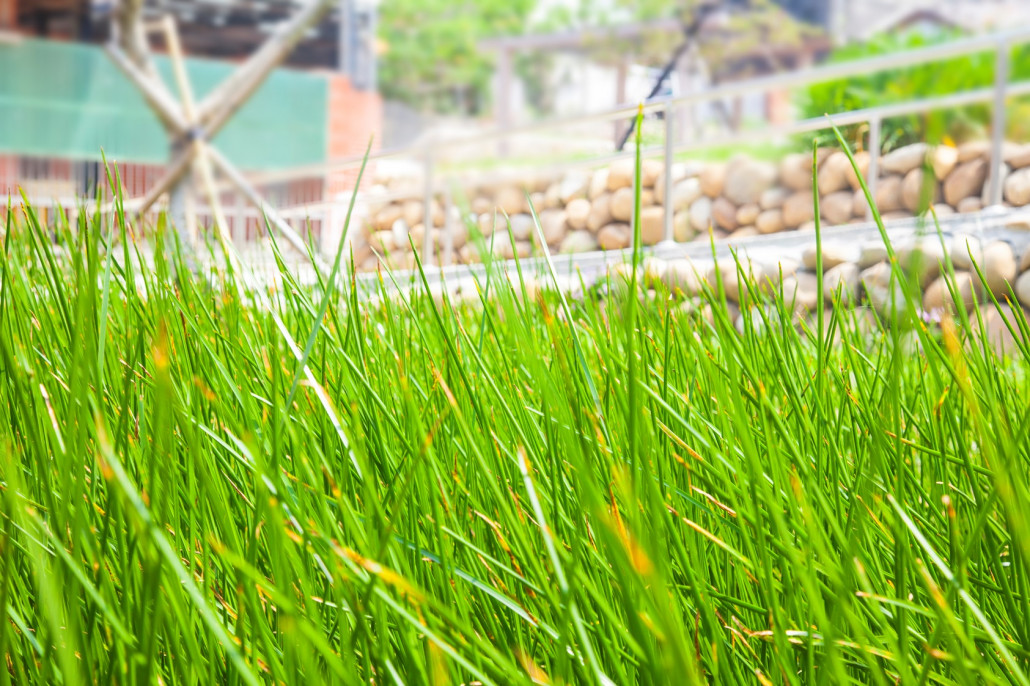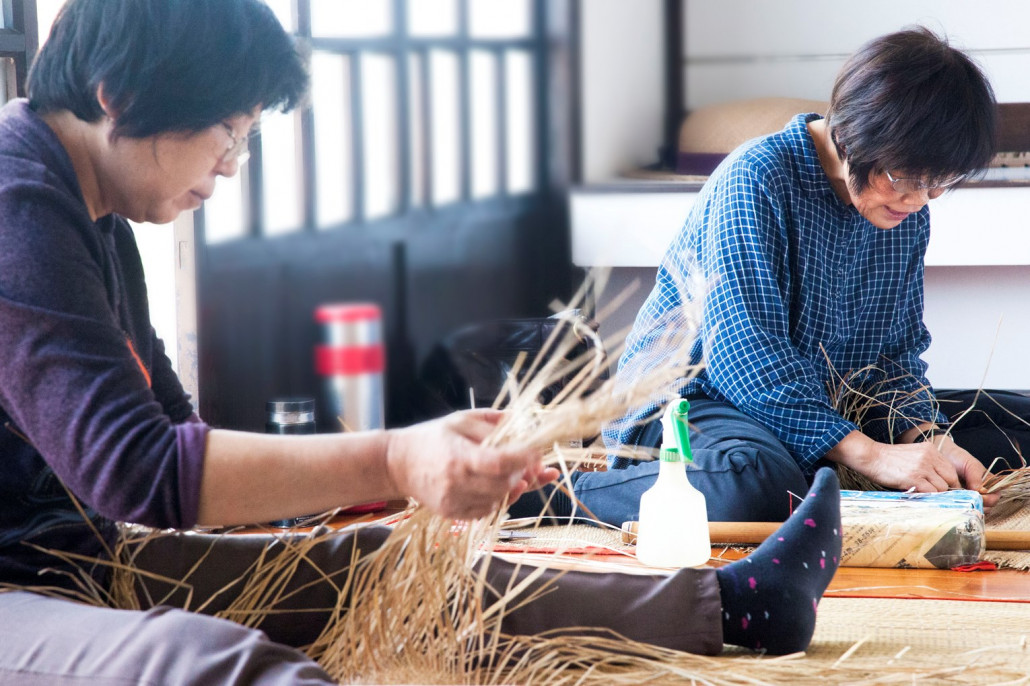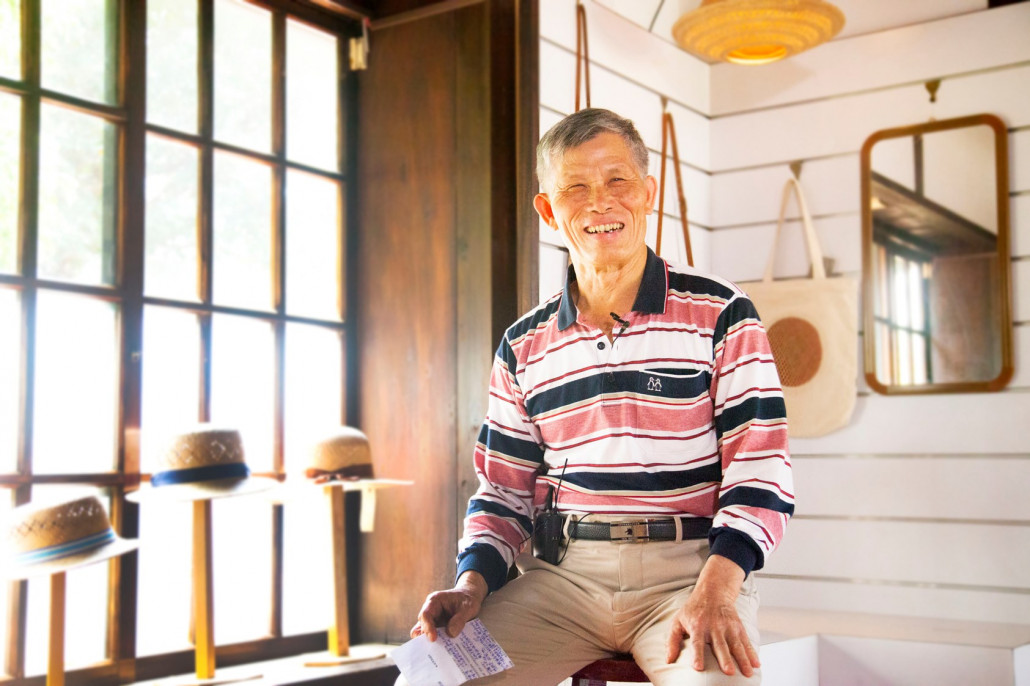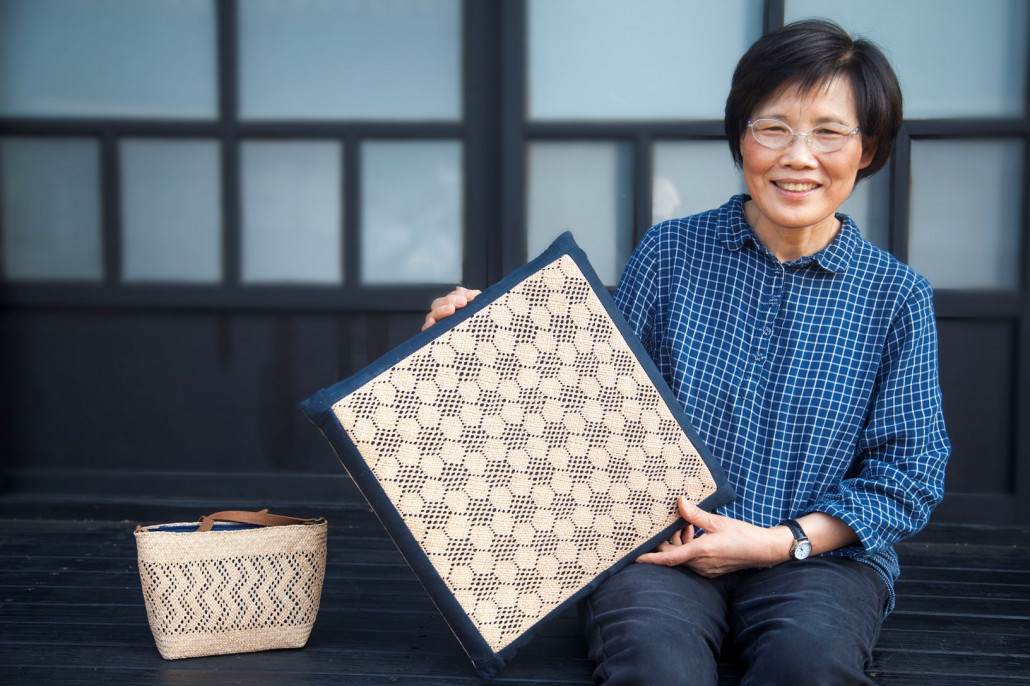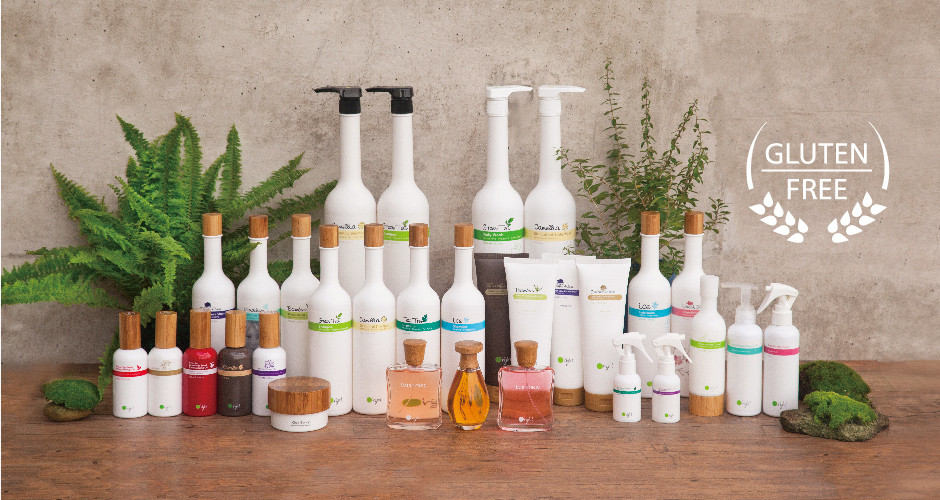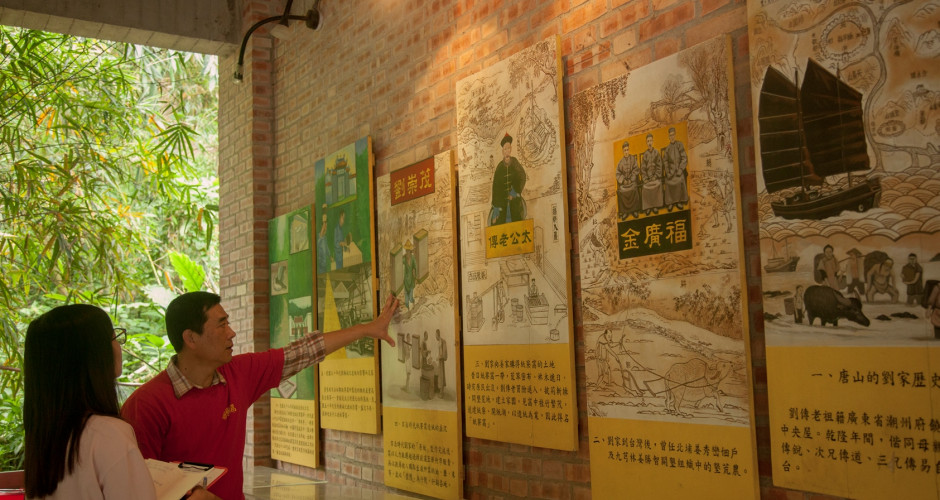Yuanli, located in Miaoli, is an ideal place for growing Malacca Galingale (Cyperus malaccensis) due to its advantageous geographical and climatic conditions. With this special gift exclusive to Yuanli, women of Yuanli showed off their weaving techniques and turned this plant into one-of-a-kind works of art. It is the perfect portrayal of land and people.
Forming a bond between Yuanli residents
For 200 years, Malacca Galingale weaving has been popular among the Plains indigenous peoples (Pinghu tribe). Ever since, this handicraft has brought about economic benefits for Yuanli. During the end of the Qing Dynasty, a woman named Hong Yang, who made a living from selling Malacca Galingale, thought of ways to protect her young child from sores, infections on the head. Eventually, after many attempts, she finally produced Taiwan’s first straw hat made from Malacca Galingale.
Malacca Galingale woven products were the third ranked export of Taiwan in the Japanese colonial period, following sugar and rice. As a result, every household in Yuanli would gather together to weave goods to make money for their families while chatting and encouraging one another, forming a unique bond among the women of the township.
Reigniting the former glory of weaving
n the 1970s, due to the development of technology in Taiwan, plastics began to replace Malacca Galingale woven goods, so women stepped away from their original jobs and stepped into factories. A once-flourishing Malacca Galingale weaving business withered and become a declining industry in Taiwan.
In light of this unfortunate development, local residents established the Taiwan Yuanli Handiwork Association and the Yuanli workshop to preserve this unique culture and blend traditional culture with creative design. Through collaborations between craftsmen and designers, the aim of the Association is to bring new energy into conventional handicraft. Recently, they created replicas of historical artifacts in the National Palace Museum with Malacca Galingale, which were exhibited at the New York Fashion Week and International Furniture Fair Singapore to show how traditional handicraft can be preserved and demonstrate its value in the fashion industry.
Passing down ancient wisdom on sustainability
In this era of high-speed economic growth, Malacca Galingale handicraft still has a place in the industry as its conventional, abundant and exquisite patterns cannot be created with machines. Moreover, the patience, love and attentiveness of craftsmen bring warmth and add value to the product.
All woven products are made from naturally-derived materials. Malacca Galingale are harvested and dried under the sun before being delivered to the hands of artists, who then turn gems of nature into magnificent pieces of art without dye or bleach additives. The natural aroma of grass filling the air, these strong water absorbing and breathable woven products also act as a mosquito repellent. Water can be removed when exposed to sunlight to give back its natural scent.
Living a life surrounded by chemical goods and plastic waste, it’s natural that people are moving towards finding ways to coexist with earth and achieve sustainability. Culture and traditions continue to be passed down from generations to generations, all that awaits is the moment we become determined to work hard to build a better and brighter tomorrow.

